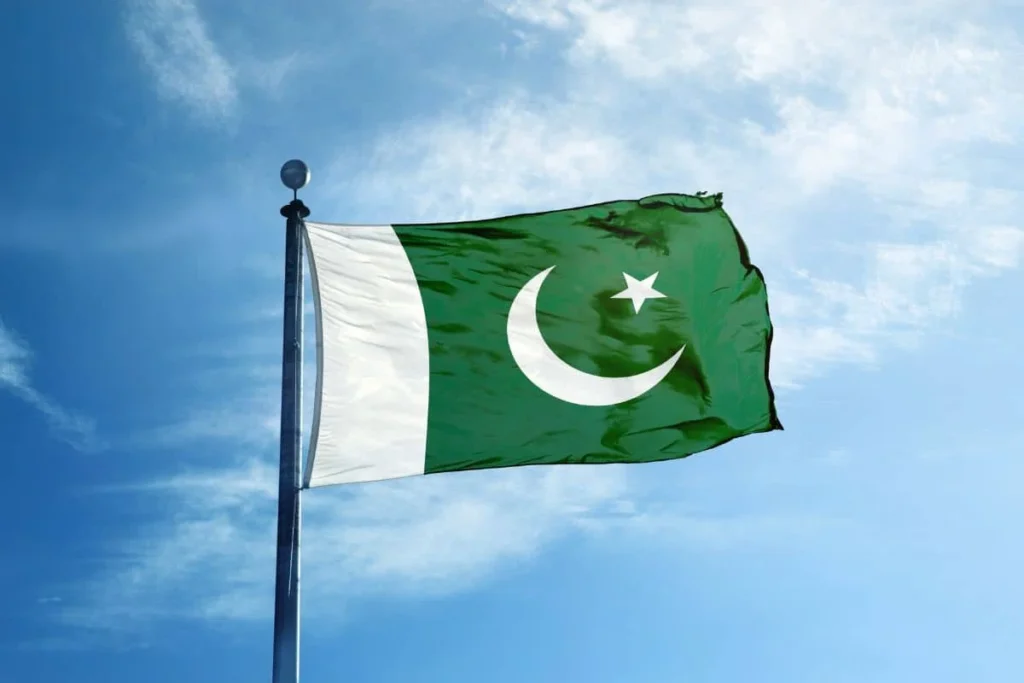Pakistan’s strategic interest in joining BRICS+ represents a transformative shift in economic diplomacy. Pakistan’s eyes are on BRICS as a critical platform to diversify its trade portfolio, reduce its dependency on Western markets, and access alternative financing mechanisms. This pivot toward the Global South reflects recognition that emerging economies offer substantial opportunities for growth and stability.
The BRICS bloc comprises Brazil, Russia, India, China, South Africa, Egypt, Ethiopia, Iran, the UAE, and Indonesia, controlling over half the world’s population and representing approximately 30 percent of global GDP. Pakistan’s eyes are on BRICS membership to tap into this economic powerhouse, which achieved 4 percent GDP growth in 2024, significantly outpacing global averages. Diplomatic sources suggest full BRICS membership is expected during the bloc’s 2025 or 2026 summit, with strong backing from China and Russia offsetting Indian opposition.
Pakistan’s eyes are on BRICS primarily to strengthen its textile and fashion export sector, generating approximately USD 17.88 billion annually. However, nearly two-thirds of these exports concentrate in the United States and the European Union. Through BRICS+ engagement, Pakistan cultivates alternative revenue streams with emerging economies across Central Asia, Russia, and the Global South, where middle-class consumers present substantial demand for textile products.
Strategic Trade Expansion Through Pakistan’s Eyes on BRICS
The BRICS+ Fashion Summit 2025 in Moscow exemplified how Pakistan’s eyes are on BRICS to showcase textile heritage and manufacturing capabilities to non-traditional buyers. The summit brought representatives from over 50 global fashion weeks, providing Pakistan’s readymade garment manufacturers unprecedented access to Eurasian markets. The Pakistan Readymade Garments Manufacturers and Exporters Association emphasized that the BRICS+ framework strengthens Pakistan’s presence while celebrating textile craftsmanship heritage, from Ajrak and Pashmina to embroidered collections.
Pakistan’s textile sector demonstrated robust growth momentum into fiscal 2025-26, with exports in July 2025 surging 32 percent year-on-year. Knitwear exports surged 44 percent, bedwear rose 38 percent, and readymade garments climbed 35 percent. This performance validates competitive positioning and supports why Pakistan eyes BRICS as a gateway toward market diversification.
The BRICS International Fashion Federation (BRICS-IFF), established during the summit, provides institutional pathways for sustained commercial engagement. This alliance encourages collaboration and innovation through technology and design exchange, supporting long-term commercial relationships beyond individual events.
Accessing Multilateral Development Financing
Beyond trade diversification, Pakistan’s eyes are on BRICS to access the New Development Bank (NDB), an alternative financing architecture operating differently from Western institutions. In February 2025, Pakistan’s Economic Coordination Committee approved a USD 582 million investment in the NDB, demonstrating a commitment toward membership. Finance Minister Muhammad Aurangzeb formally sought China’s backing for NDB membership, recognizing that institutional support strengthens Pakistan’s candidacy.
The NDB extends financing directly to member countries without imposing policy conditions and processes applications within six months rather than several years. For Pakistan, facing persistent economic challenges with debt-to-GDP ratios near 75 percent and fluctuating foreign reserves, this alternative financing mechanism offers substantial relief compared to IMF-dependent arrangements that impose stringent conditionality.
Geopolitical Considerations and Future Prospects
Pakistan’s eyes are on BRICS amid strengthened US-Pakistan relations in mining, renewable energy, and education sectors, reflecting a pragmatic strategy to maintain relationships across multiple power centers. This multipolar approach reduces overreliance while positioning Pakistan to benefit from diverse economic arrangements.
BRICS members collectively control 40 percent of global oil production and 42 percent of global grain production, offering Pakistan potential opportunities for energy security and agricultural cooperation. Successful BRICS integration could catalyze infrastructure modernization, industrialization, and digital transformation while strengthening relationships across energy, agriculture, and technology sectors.
India’s historical opposition to Pakistan’s BRICS participation remains a technical hurdle. However, growing support from China, Russia, Brazil, and South Africa has significantly shifted political dynamics within the organization. Pakistan’s anticipated membership marks a watershed moment in economic integration with the Global South.
Pakistan’s eyes are on BRICS as the pathway toward sustainable economic diversification, reduced Western dependency, and alternative capital access that supports long-term development objectives while positioning the nation competitively within emerging global economic architectures.
Also Read: Trump–Xi Seoul Summit: Amazing US-China Trade Deal Reshapes Global Relations



